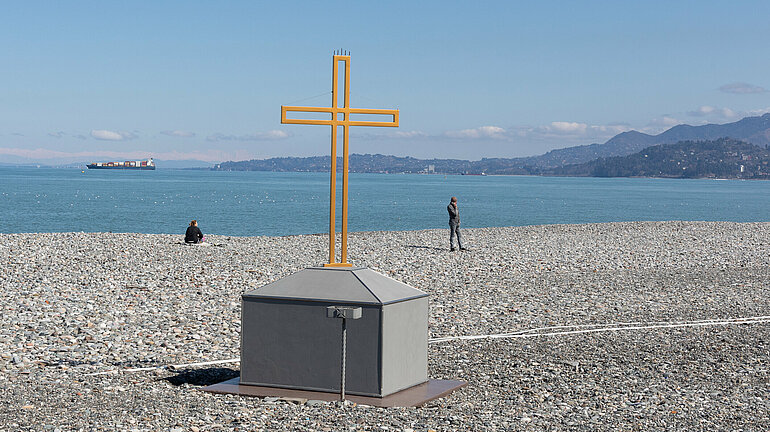Transformation of Urban Spaces and Religious Pluralisation in the Caucasus
Transformation of Urban Spaces and Religious Pluralisation in the Caucasus

Project description
Urban spaces in the South Caucasus are a specific laboratory of cultural diversity, where the resurgence of visible religiosity and atheist lifestyles is felt to a similar degree in politics and everyday life. In the context of ethno-political conflicts, however, growing religious diversity and its manifestations in public spaces pose a challenge to local administrations and everyday concepts of coexistence.
Based on selected case studies (the cities of Baku and Batumi), the project seeks to investigate and compare patterns of religious pluralisation in Azerbaijan and Georgia. In both countries, debates are emerging about the redesign, use and meaning of contested sacred spaces in cities.
Different institutional parameters are indicative of the different values that guide the two countries in this area. Azerbaijan is in the process of replacing its moderate religious policy with a more restrictive approach, particularly towards Islam, and is pursuing a policy of multiculturalism as a top-down administrative tool. A different situation prevails in Georgia, where state elites share their power with the institutionally privileged Orthodox Church. The project investigates the development of new state-sponsored places of worship while also exploring informal, alternative religious practices. The main objective is to find out how religious diversity is regulated in the conflict region South Caucasus, and to assess the extent to which diverse religious actors contribute to cooperation and conflict.
Methodology
- Semi-structured interviews with religious leaders and experts from the spheres of politics, local government and urban planning
- Ethnographic case studies and observations on the ground, informal conversations with visitors to shrines and places of worship
- Media research (local online media)
- Comparative analysis
Key questions
- How do local post-Soviet authorities regulate growing religious diversity in the cities of the South Caucasus in spatial and institutional terms?
- Under what conditions do urban spaces become the subjects and sites of religious conflict?
- How do state restrictions affect collaboration among religious activists and what new adaptation strategies and innovative tactics are religious minorities developing to secure greater recognition?
